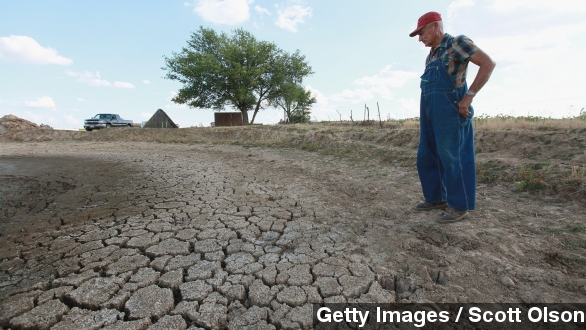A new NASA study found that parts of the U.S. are at risk for Megadroughts during the second half of this century because of climate change.
These droughts would hit the American southwest and great plains, and would be the worst the country has seen in the past 1,000 years.
Over the past four years, droughts in California and the southwest have cost the area billions of dollars in agricultural losses, fire damage and lost jobs.
NASA climate scientist Ben Cook says these naturally occurring droughts typically last 10 years at the most, which will be short compared to what this study predicts.
“Our projections of what we’re seeing is that with climate change many of these types of droughts will last 20, 30 sometimes even 40 years,” said Ben Cook, NASA climate scientist.
According to the study, if we don’t act on climate change the likelihood of megadroughts between 2050 and 2099 is 80%. And, even if we can find a way to dramatically cut down on greenhouse gas emissions, the likelihood of a megadrought is still as high as 60 percent.
The study looked at tree rings from the past 1,000 years and other soil dryness measures. Scientists then used supercomputers to combine many different drought predictors to find what is most likely.
Kevin Anchukaitis, a climate scientist who was not involved in the study said, "It is rare to see all signs pointing so unwaveringly toward the same result, in this case a highly elevated risk of future megadroughts in the United States."
This video includes music from Kevin MacLeod / CC by 3.0.


